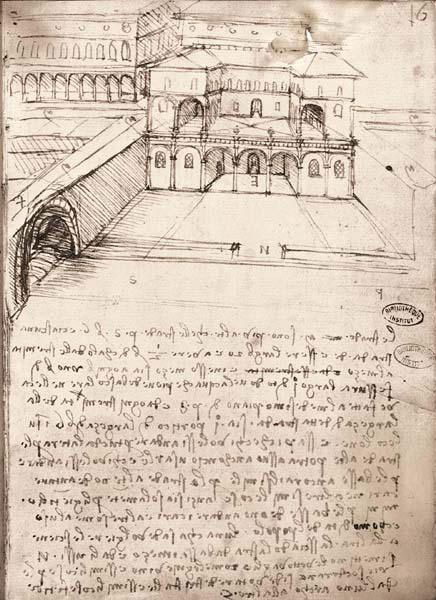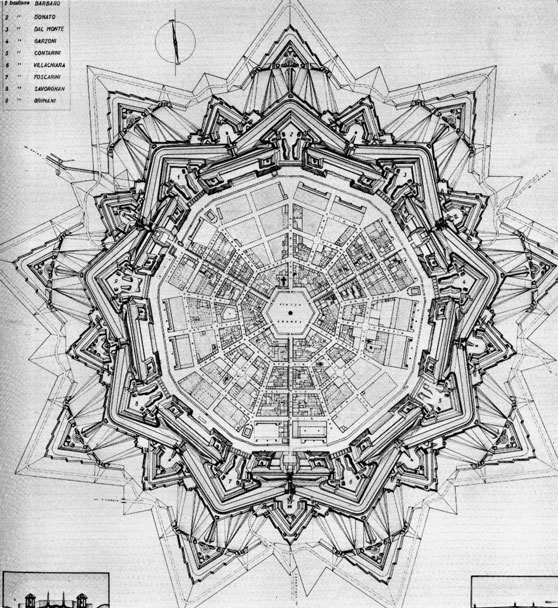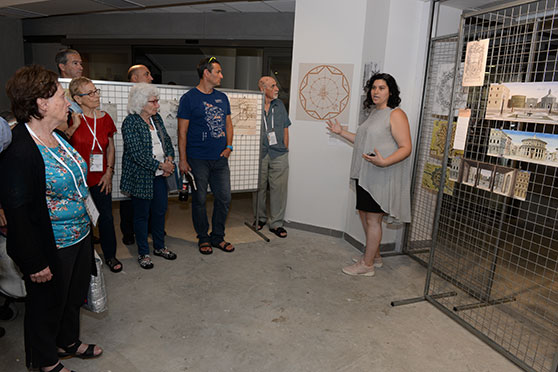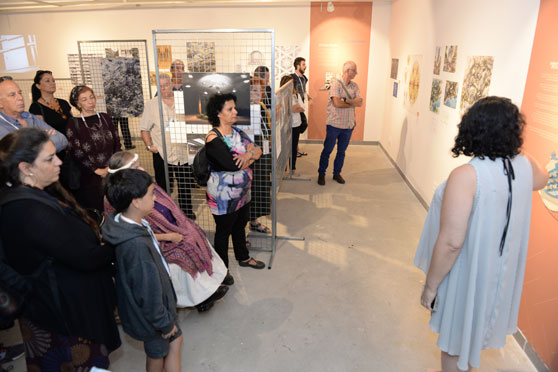More:
Events
Plans For Utopia
"Plans For Utopia"
Concept Of Ideal Cities Following Leonardo Da Vinci
The Julia Mizrahi "Vitrina Gallery", HIT
Curator: Tom Kohen
Opening: 3.11 | Closing: 31.12
One hundred twenty new residents are added to cities around the world every minute. Some immigrate from rural areas, while others are born in a city. As of 2019, 83% of the world's population lives in cities – this number has been growing gradually since the 19th century, and is expected to keep rising in the upcoming decades. Urban planning is one of the most significant challenges future generations will face. Bettering our cities and raising sustainable metropolis that could support the population growth, climate crisis, and technological development – cities that will define the future way of living.
Clues for solving our current challenge can be found in the late 14th century, a time when Europe experienced a minor ice age. The climate change caused crises in agriculture and health, enabling epidemics rampage that killed about half of the continent's population. What seemed then as the end of the world, forced visionaries to step up and suggest alternative concepts for the future, starting a new era: the Renaissance.

Da Vinci's perfect city
The 15th century - famous for being a time of intellectual prosperity and innovation in art, science, and humanism - also marks the birth of modern urban planning as a method to improve society. Europe's cities at the time were mostly crowded, filthy, chaotic, and unplanned.
Relying on the writings of ancient Greece and Rome, many Renaissance minds suggested plans for social, architectural, and economic utopias. The early urban planners explored a revolutionary idea for their time – the thought that aesthetics and design can better the life of people of all classes, and that thorough planning that simplifies and beautifies everyday life, could make society stronger.

plan of the city of palmanova 1851
The concept of a perfect city fascinates humans for thousands of years. These proposals and myths reflect the social priorities of their planner, their culture, and their time. Ideal cities are the embodiment of a perfect balance between form and content, between a city's layout and the life that occupies that layout. This uncompromising perfection is what differs an ideal city concept from any other urban plan.
Throughout history, ideal cities were used to explore two types of ideas. One contemplates urban utopia as heaven on earth, a perfect theoretical symbiosis of form and purpose. The other – focuses on planning a real specific place as a device for social change. Both practices rely on the assumption that urban planning could design and define it's resident's quality of life and way of living.

Border City - by FR-EE Architects, 2017
A plague that killed half of Milan's population in 1485 brought Leonardo Da Vinci to realize that the cities of his time were fertile ground for sickness, social failures, and inefficiency. His plans for a better, ideal city, was based on his findings in science, mathematics, aesthetics, anatomy, and engineering. The outcome was not one city, but a series of elements and principles that could be used for different places, needs, and technologies.
Leonardo’s way of work scattered the plan on different volumes and writings, and collecting these parts to one city requires research and interpretation. Leonardo planned simple, comfortable architecture, and recommended "strong high walls, [with] towers and battlements of all necessary and pleasant beauty." His city needed both "the sublimity and magnificence of a holy temple, and the convenience composition of private homes".

Forest City - by LAVA - 2017
Da Vinci imagined a spacious urban landscape, emphasizing efficient navigation and transportation, separation of commercial and residential areas, and ensuring residents' health by optimizing the flow of natural light, air, and water. Leonardo's design principles are similar to those of modern cities, and elements of his plans materialized centuries after his death. His work included concepts of biomimicry, the machine-city, vertical zoning, natural energy sources, optimizing interior spaces, and public space planning for all residents, approaches that are still innovative today.

Cohesion - by Eric Wong 2017

Tom Kohen Chief Curator Vitrina Gallery in a gallery tour. Photo: Tal Kirschenbaum

Tom Kohen Chief Curator Vitrina Gallery in a gallery tour. Photo: Tal Kirschenbaum
Posted: 30/10/2019
Last updated: 05/11/2019
- News & Events
International Week of Interdisciplinary Studies and Academic Collaborations in Crete
A substantial delegation of 16 students and four faculty members from HIT Holon Institute of Technology participated in week-long international activities and events at HMU-Hellenic Mediterranean University in Crete. ...


 Additional programs
Additional programs
